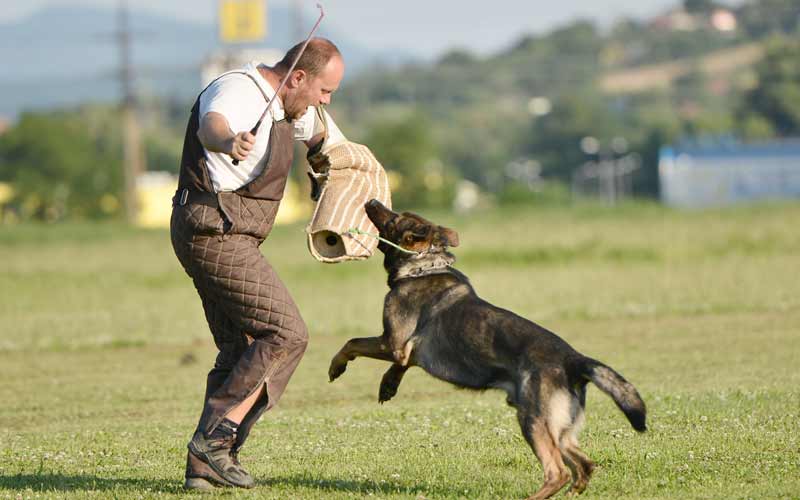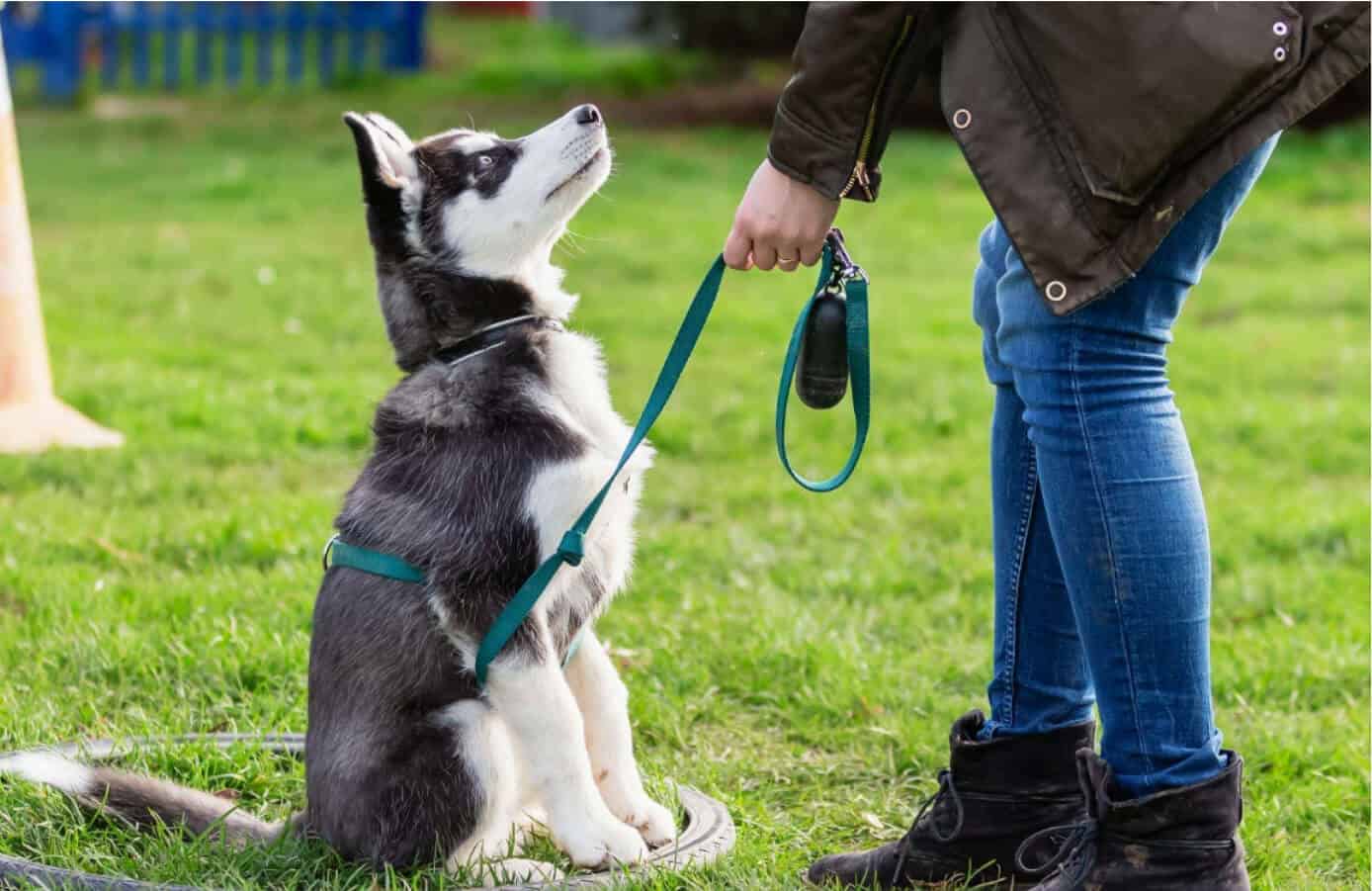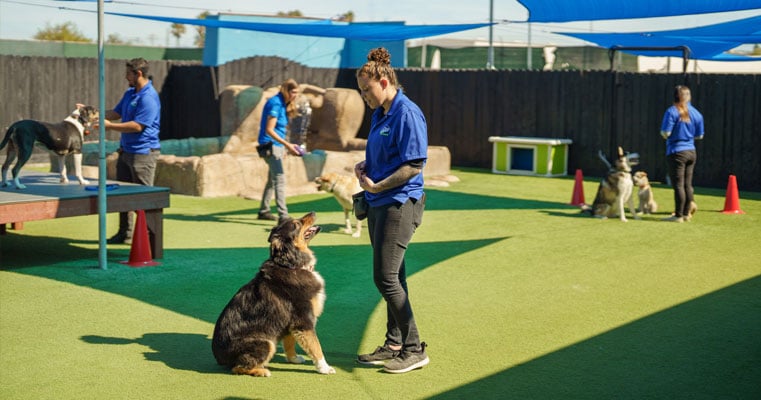Discover the Leading Blunders to Avoid in Dog Training
Discover the Leading Blunders to Avoid in Dog Training
Blog Article
Vital Tips for Effective Dog Training: An Overview for Animal Owners
Effective canine training is a diverse procedure that calls for a tactical strategy customized to both the pet's temperament and the owner's goals. Secret elements such as establishing constant commands, employing positive support, and promoting very early socializing play essential duties in fostering a well-adjusted canine companion. Numerous family pet owners experience challenges that can impede progression, leading to frustration and unpredictability. Recognizing exactly how to browse these barriers can substantially improve the training experience, ultimately transforming the partnership in between proprietor and canine. What are the important techniques that can be employed to ensure success in this undertaking?
Comprehending Canine Habits
Comprehending canine actions is crucial for efficient training and fostering an unified connection between dogs and their proprietors. Canines connect mostly through body language, articulations, and actions, making it essential for owners to interpret these signals precisely. Recognizing a canine's stance, tail position, and ear positioning can supply insights right into its emotion. A wagging tail does not constantly indicate joy; it can additionally signify exhilaration or anxiousness.

Socializing plays a significant role in dog actions; direct exposure to numerous environments, individuals, and various other animals can substantially affect a canine's character. Furthermore, elements such as breed qualities and private character should lead training techniques, as some types may have specific behavioral characteristics that necessitate customized techniques. By comprehending these components, proprietors can develop a helpful environment that urges positive actions, leading to successful training results and a much deeper bond with their pets.
Establishing Regular Commands
Reliable communication with your pet begins with developing consistent commands. This fundamental element of training is essential for cultivating understanding between you and your pet. Uniformity in the commands you use makes certain that your canine can accurately associate certain words or phrases with the preferred actions.
When selecting commands, choose clear, distinct words that are very easy to say and separate from one an additional. Stay clear of utilizing similar-sounding commands that might puzzle your pet. Utilizing "rest" and "remain" is appropriate, but "sit" and "struck" could lead to misunderstandings.
Furthermore, preserve the very same tone and quantity for each command. Pet dogs are delicate to singing hints, so differing your tone can create confusion.
It is similarly essential to make certain that all member of the family get on the same web page regarding the commands used. A united front in command use will certainly stop blended signals and reinforce the knowing process.
Positive Support Techniques
The power of favorable support in pet dog training lies in its capacity to motivate desired actions via benefits and praise. This strategy is grounded in the concept that actions adhered to by positive outcomes are most likely to be duplicated. By integrating positive support into your training regimen, you can successfully shape your pet's habits in a constructive way.
To implement favorable reinforcement, it's vital to determine what encourages your canine, whether it be deals with, toys, or spoken praise. When your pet dog performs a preferred action, such as remaining on command, instantly compensate them with a reward or affection. This organization in between the command and the favorable end result strengthens their understanding.
It's vital to timing the incentives appropriately; supplying the support within secs of the preferred behavior assists your dog make the connection (dog training). Furthermore, consistency is crucial-- guarantee that all household participants utilize the exact same commands and benefit systems to prevent complication

Gradually, you can lower the frequency of deals with as your canine learns the actions, transitioning to commend or intermittent rewards. This approach not only promotes a strong bond between you and your canine yet also advertises a favorable knowing atmosphere, making training an enjoyable experience for both.
Socialization and Communication
Constantly revealing your canine to a selection of settings, individuals, and various other pets is essential for their social development. Socializing must begin early, preferably throughout the critical window of 3 to 14 weeks, when young puppies are most receptive to brand-new experiences. Older pet dogs can likewise benefit from continuous socialization efforts.
Present your dog to from this source various setups, such as parks, pet-friendly stores, and metropolitan areas. This direct exposure helps them adapt to different stimuli, decreasing anxiety and worry reactions. Encourage favorable interactions with other dogs and individuals, guaranteeing that these encounters are regulated and safe to promote confidence.
Utilize structured playdates with genteel pet dogs, as this can improve your pet's social skills and educate them appropriate habits. Obedience courses and training sessions additionally offer superb chances additional info for socialization, enabling your dog to communicate with others in a supervised setting.
Screen your dog's body movement during interactions, as this will certainly assist you determine their comfort degree. Slowly enhance exposure to more difficult circumstances while making certain that each experience declares. A well-socialized canine is more probable to show balanced habits, making them a happiness to have in any kind of setting.
Resolving Typical Training Obstacles
Every pet owner will run into training difficulties at some time, no matter their canine's age or socializing degree. Identifying typical concerns such as stubbornness, interruptions, and terror can aid in developing effective methods for renovation.

Diversions throughout training sessions can thwart emphasis. To battle this, begin training in a silent setting with marginal stimulations. Progressively present distractions as the dog becomes more competent in commands. Short, regular training sessions are also efficient in preserving interest.
Fearfulness can prevent a pet dog's discovering process. Progressive desensitization to the source of worry, matched with positive support, can assist ease stress and anxiety. Persistence is essential; never ever require a canine right into a scenario that creates distress, as this may exacerbate the concern.
Eventually, understanding and dealing with these usual challenges with a structured strategy will foster a much more productive training experience, strengthening the bond between pet dog and owner while advertising effective understanding.
Final Thought
In recap, effective dog training relies upon an extensive understanding of canine actions, the establishment of consistent commands, and the application of favorable reinforcement methods. Socialization plays a crucial function in creating well-adjusted pet dogs, while attending to usual training difficulties calls for patience and versatility. By implementing these important strategies, family pet proprietors can foster a solid bond with their pets and advertise desirable habits, inevitably leading to an unified partnership between human beings and their canine companions.
Recognizing pet behavior is essential for effective training and fostering a harmonious connection in between canines and their owners.Socializing plays a significant role in pet dog actions; direct exposure to various atmospheres, individuals, and other animals can substantially influence a pet's temperament.The power of favorable reinforcement in canine training lies in its capability to motivate preferred habits via rewards and praise. By incorporating positive reinforcement into your training regimen, you can properly form your pet's actions in a positive fashion.
In recap, successful canine training depends on a detailed understanding of canine habits, the establishment of constant commands, article and the application of positive reinforcement strategies.
Report this page